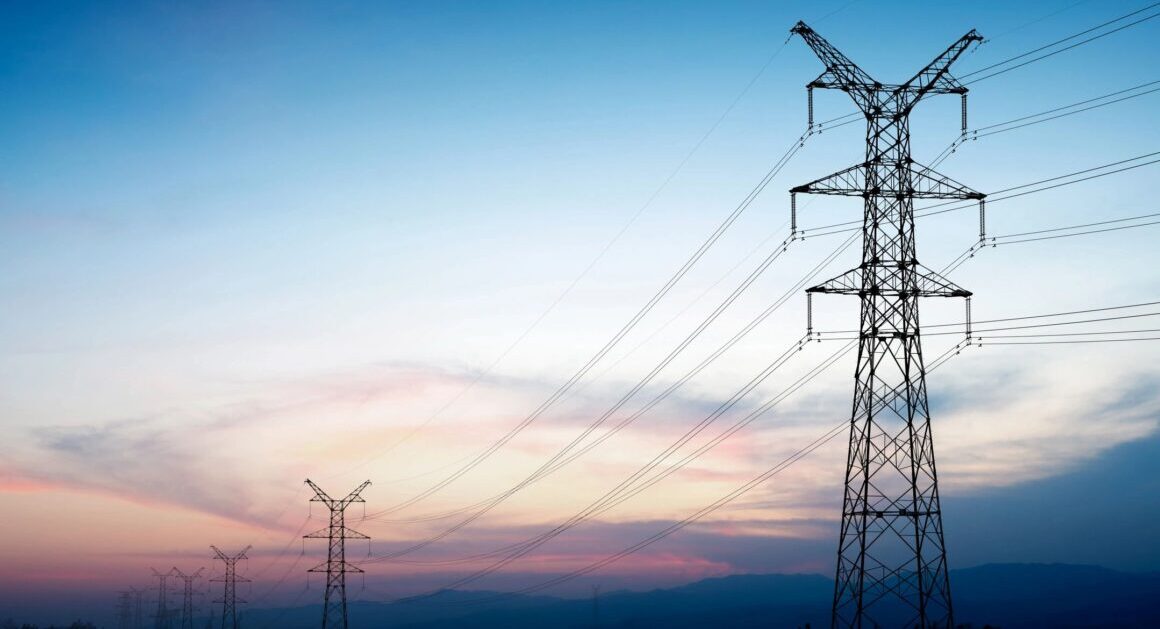One of Brown and Caldwell’s Compliance News editors, Liz Wilson, recently pointed me to BLR’s EHS on Tap podcasts. What I like about the podcast format is that I can get concise updates on a variety of EHS regulatory changes and hot topics, along with references to where I can learn more, which helps me to provide better compliance assistance to our clients.
In a recent episode discussing the e-manifest system for hazardous wastes, the featured industry expert left the listener with three main takeaways:
- The hazardous waste manifest form is changing with a phase out of paper manifests.
- Fees are being applied to hazardous waste receiving facilities, resulting in higher disposal costs to generators.
- Generators need to be trained on the new rules, with training opportunities available on the .
In addition, I found these articles selected from BC’s BLR source the most impactful to our clients this month:
Everything you wanted to know on release notifications
Get to know the federal requirements for emergency release notifications under of the Emergency Planning and Community Right-to-Know Act (EPCRA). When a spill or release of a chemical happens, it is critical to know if a reportable release has occurred, how soon release notifications need to be made and to whom, and what information needs to be available when making a release notification.
EPA modifies Next Gen enforcement settlements
EPA’s 2015 emphasized the set of innovative enforcement tools (advanced monitoring, independent third-party verification of a settling party’s compliance and settlement obligations, and electronic reporting) as part of settlements with violators. In a recent memo, the EPA no longer has the expectation that these tools will be routinely used in settlements.
2nd Circuit rejects industry’s petitions to cooling water rule
In a win for Clean Water Act and the Endangered Species Act (ESA), the U.S. Court of Appeals for the 2nd Circuit recently rejected the latest round of industry’s petitions for review of the final industrial cooling water intake structure (CWIS) rule. This rule applies to existing power plants and manufacturing facilities that use CWIS’s to withdraw more than 2 million gallons per day from nearby bodies of water.


